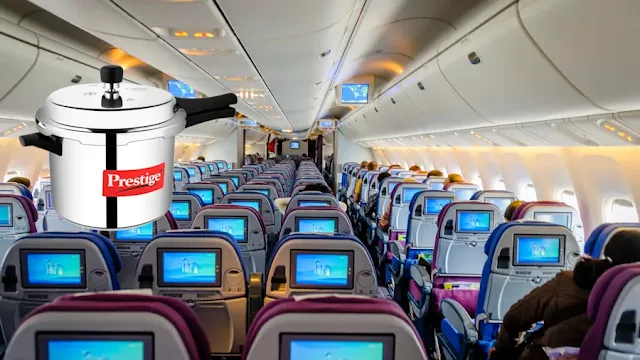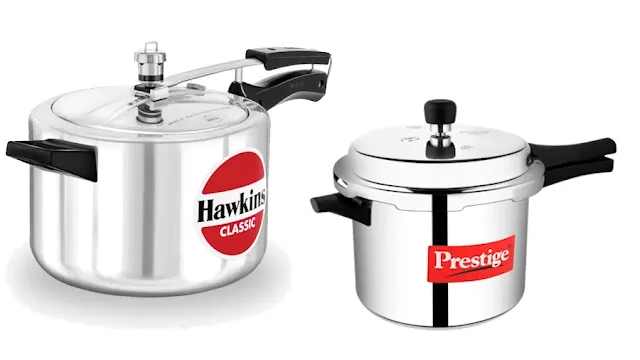Navigating India’s baggage rules and customs regulations is essential for a smooth arrival at international airports like Delhi, Mumbai, or Bengaluru. These rules govern what passengers can bring, including duty-free allowances for electronics, gold, alcohol, and personal items. Typically, travelers are allowed 15-30 kg of checked baggage and 7 kg of carry-on, depending on the airline. Customs regulations require declaring items exceeding duty-free limits, such as foreign currency over USD 5,000 or goods valued above Rs 45,000. Prohibited items include narcotics and certain wildlife products. Understanding these guidelines ensures compliance and a hassle-free entry into India.
Free Baggage Allowance
What is the free baggage allowance for international passengers flying into India?
The free baggage allowance for international passengers varies by airline and travel class, typically ranging from 15 kg to 30 kg for checked baggage. Carry-on luggage is generally limited to 7 kg with dimensions not exceeding 55 x 35 x 25 cm. Always check with your airline for specific allowances, as policies may differ. For example, economy class passengers on major airlines like Air India often receive a 23-25 kg allowance, while business class may allow up to 32 kg.
What Can I Bring to India with Duty-Free Allowance
Related: Air India Baggage Policy
Can I Bring Electronics into India?
Passengers can bring electronics for personal use, with a duty-free allowance for one laptop per person. Other electronics, such as smartphones, tablets, or cameras, are subject to a combined value limit of Rs 45,000 for Indian residents or Rs 50,000 for tourists. Exceeding these limits may incur customs duty, typically 35-40%. Ensure electronics are declared if their value exceeds the allowance.
Traveling to India With Laptops: Navigating the Do's and Don'ts
Related: Customs Declaration Form
Are There Restrictions on Bringing Medicines into India?
Passengers may bring medicines for personal use, provided they carry a valid prescription or medical certificate. The quantity should be reasonable for the duration of the stay, typically up to a 3-month supply. Narcotic or psychotropic drugs require additional documentation and prior approval from Indian authorities.
Transporting Refrigerated Medication on India Flights
Related: Narcotics Control Bureau Guidelines
Can I Carry Gold or Silver When Traveling to India?
Indian residents can bring gold jewelry up to Rs 1,00,000 (female passengers) or Rs 50,000 (male passengers) duty-free. Silver jewelry is limited to 100 grams. Non-residents and tourists may bring gold or silver but must declare items exceeding duty-free limits, with applicable duties of around 12.5% for gold and 10% for silver. Proper documentation, such as purchase receipts, is recommended.
How Much Gold Can You Bring to India?
Related: Customs Act of India
Regulations for Carrying Alcohol and Tobacco into India
Passengers aged 21 and above can bring up to 2 liters of alcoholic beverages duty-free. Tobacco allowances include 100 cigarettes, 25 cigars, or 125 grams of loose tobacco. Exceeding these limits incurs customs duty and may require declaration at the Red Channel.
How Much Alcohol Can You Carry Duty-Free to India?
Related: Delhi Airport Customs Guide
Is It Possible to Bring Pets into India?
Pets can be imported into India with a No Objection Certificate (NOC) from the Animal Quarantine and Certification Service (AQCS). Valid health and vaccination certificates, including rabies vaccination, are mandatory. Microchipping and compliance with breed-specific regulations may also apply.
Importing Pets to India
Related: AQCS India Guidelines
How Can I Declare Items Over the Duty-Free Allowance?
Items exceeding duty-free allowances must be declared at the Customs Red Channel upon arrival. Passengers should complete a Customs Declaration Form, detailing the items and their value. Customs duties, ranging from 10-40%, may apply based on the item type and value.
Related: Customs Circulars
What Items Are Prohibited from Being Brought into India?
Prohibited items include narcotics, pornographic materials, counterfeit currency, goods infringing on intellectual property rights, and endangered species products. Certain agricultural products and wildlife items are also restricted to protect biosecurity.
Prohibited Items in Checked Baggage in India
Related: CITES Regulations
What Should I Do if My Baggage Is Delayed or Lost?
If your baggage is delayed or lost, report it immediately to the airline’s baggage claim desk at the airport. Provide your baggage claim tags and complete a Property Irregularity Report (PIR). Most airlines offer tracking services and compensation for lost luggage per international conventions.
Related: Air India Lost Baggage Policy
How Can I Carry Foreign Currency into or out of India?
There’s no limit on bringing foreign currency into India, but amounts exceeding USD 5,000 in cash or USD 10,000 in travelers’ cheques must be declared on a Currency Declaration Form (CDF). Undeclared currency may be confiscated, and penalties may apply.
How Much Currency Can You Carry to India?
Related: RBI Currency Regulations
Can I Bring Food Items into India?
Packaged and processed food items for personal use are generally allowed but must be declared. Dairy, meat, seeds, and fresh produce are restricted due to health regulations. Always check with customs to avoid confiscation or fines.
Are Snacks Allowed on Planes in India?
Related: FSSAI Guidelines
Process for Carrying Large Amounts of Currency When Leaving India
Indian residents can carry up to INR 25,000 out of India. Foreign currency carried out must not exceed the amount declared upon entry or specified in the Currency Declaration Form. Exceeding these limits without declaration may lead to penalties.
India's Currency and Limits
Related: RBI Foreign Exchange Rules
Are Drones Allowed to Be Brought into India?
Drones require compliance with Directorate General of Civil Aviation (DGCA) regulations. Travelers must declare drones at customs and may need a Unique Identification Number (UIN) or permission from the DGCA for personal use.
Related: DGCA Drone Regulations
How Can I Bring Artwork or Antiques into India?
Artworks and antiques over 100 years old require documentation proving their age and value, such as purchase receipts or certificates from recognized authorities. Declare these items at customs to avoid delays or confiscation.
Related: Antiquities and Art Treasures Act
What Should I Do if I'm Bringing Items for Commercial Purposes?
Commercial items require a valid import license and must be declared at the Customs Red Channel. Provide detailed invoices, including item descriptions and values, to calculate applicable customs duties, which vary by product type.
Related: India Customs Service
Understanding these FAQs ensures compliance with India's baggage rules and customs regulations, making your travel experience seamless and stress-free.













